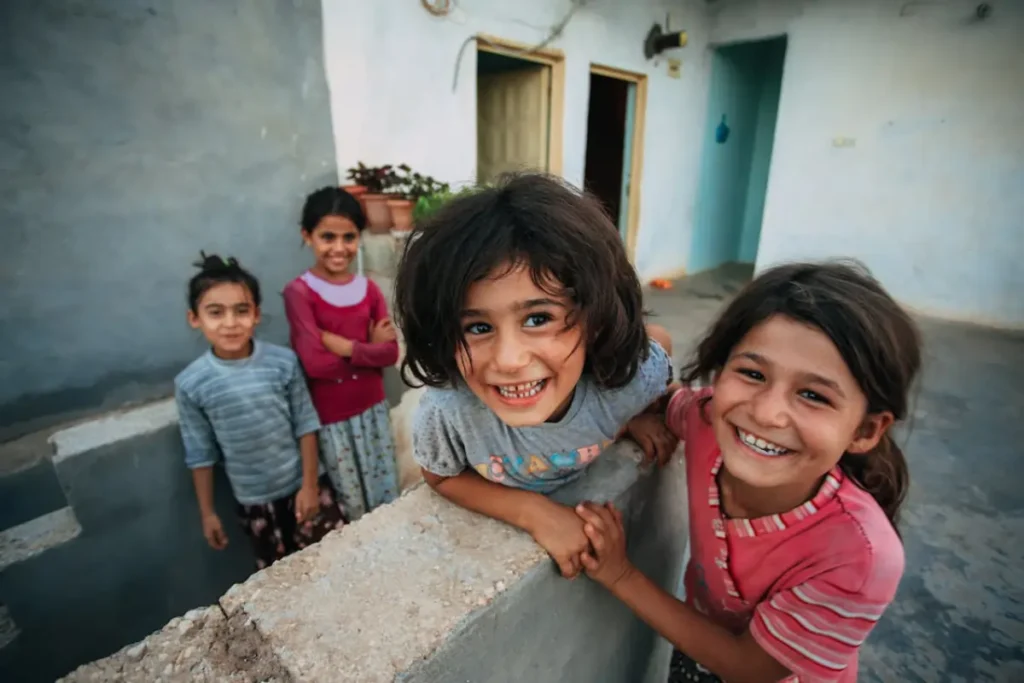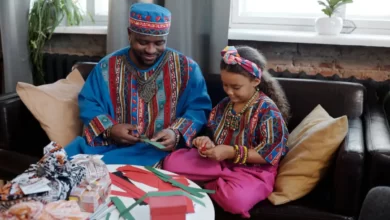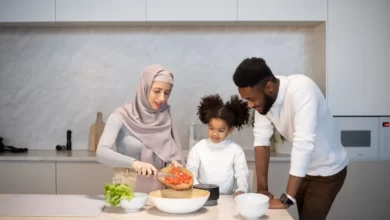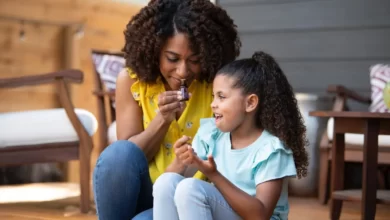To foster kindness and inclusion in our children is one of the most important aspects of parenting. As parents, it’s our responsibility to teach our kids the values that will shape them into compassionate and empathetic individuals. The goal of this article is to enlighen you on effective ways to instill kindness and inclusion in your children, and to create a foundation for building a caring community.
The Importance of Teaching Kids Kindness
Why Kindness Matters
Kindness is a universal language that transcends cultural and societal boundaries. When kids understand the significance of being kind, they are more likely to develop strong interpersonal skills, form meaningful relationships, and contribute positively to their communities. It’s not just about being polite; it’s about creating a world where empathy and understanding thrive.
Benefits of a Kindness-Focused Childhood
Children who grow up in an environment that prioritizes kindness tend to experience a range of benefits. These include improved mental health, enhanced self-esteem, and a greater likelihood of success in their academic and social pursuits. By focusing on teaching kindness, we equip our kids with the tools they need to navigate life’s challenges with resilience and compassion.
Practical Strategies for Teaching Kids Kindness

1. Lead by Example
Children learn by observing the behavior of the adults around them. Demonstrate kindness in your daily interactions, whether it’s through small gestures like holding the door open or engaging in acts of community service. When kids see kindness in action, it becomes a natural part of their own behavior.
2. Encourage Empathy
Help your children understand the feelings of others by encouraging them to see things from different perspectives. Engage in conversations about emotions, and ask questions that prompt them to consider how their actions may impact their peers. Reading books and watching movies that highlight empathy can also be effective tools for teaching this important skill.
3. Practice Gratitude
Gratitude is closely linked to kindness. Teach your kids to appreciate the positive aspects of their lives by incorporating gratitude practices into your daily routine. This could include keeping a gratitude journal, expressing thanks at mealtimes, or discussing the things they are thankful for before bedtime. A grateful heart is often a kind heart.
4. Embrace Diversity
Inclusion is a key component of kindness. Celebrate diversity in all its forms and teach your kids to appreciate the uniqueness of each individual. Foster an inclusive environment at home and encourage friendships with children from different backgrounds. This will lay the foundation for a future where they embrace diversity and treat everyone with respect.
Creating a Caring Community Through Inclusion
1. Establish a Kindness Ritual at Home
Create a family tradition centered around kindness. This could be a weekly family meeting where each member shares a kind act they performed or experienced. By making kindness a focal point at home, you create a ripple effect that extends beyond your family and into the community.
2. Volunteer Together
Engaging in volunteer work as a family is a powerful way to teach kids about kindness and inclusion. Whether it’s helping at a local food bank, participating in community clean-ups, or volunteering at a nursing home, these experiences provide tangible examples of the positive impact kindness can have on others.
3. Organize Inclusive Playdates
Encourage your children to invite friends from different backgrounds to play together. Organize activities that foster cooperation and teamwork, helping kids learn that everyone brings something valuable to the table. These experiences will contribute to the development of strong, inclusive bonds that extend beyond the playground.
4. Teach Conflict Resolution
Kindness involves not only preventing conflicts but also resolving them peacefully. Equip your children with effective communication and conflict resolution skills. Teach them to express their feelings calmly, listen actively, and work towards solutions that benefit everyone involved. These skills are essential for creating a harmonious and inclusive community.
Conclusion
We live in a world that sometimes seems focused on individual success, hence why it is crucial to instill in our children the values of kindness and inclusion. By teaching kids about kindness, we contribute to the creation of a caring community that values empathy, diversity, and mutual respect. As parents, let’s embrace the responsibility of shaping the next generation into compassionate individuals who will make a positive impact on the world around them.





